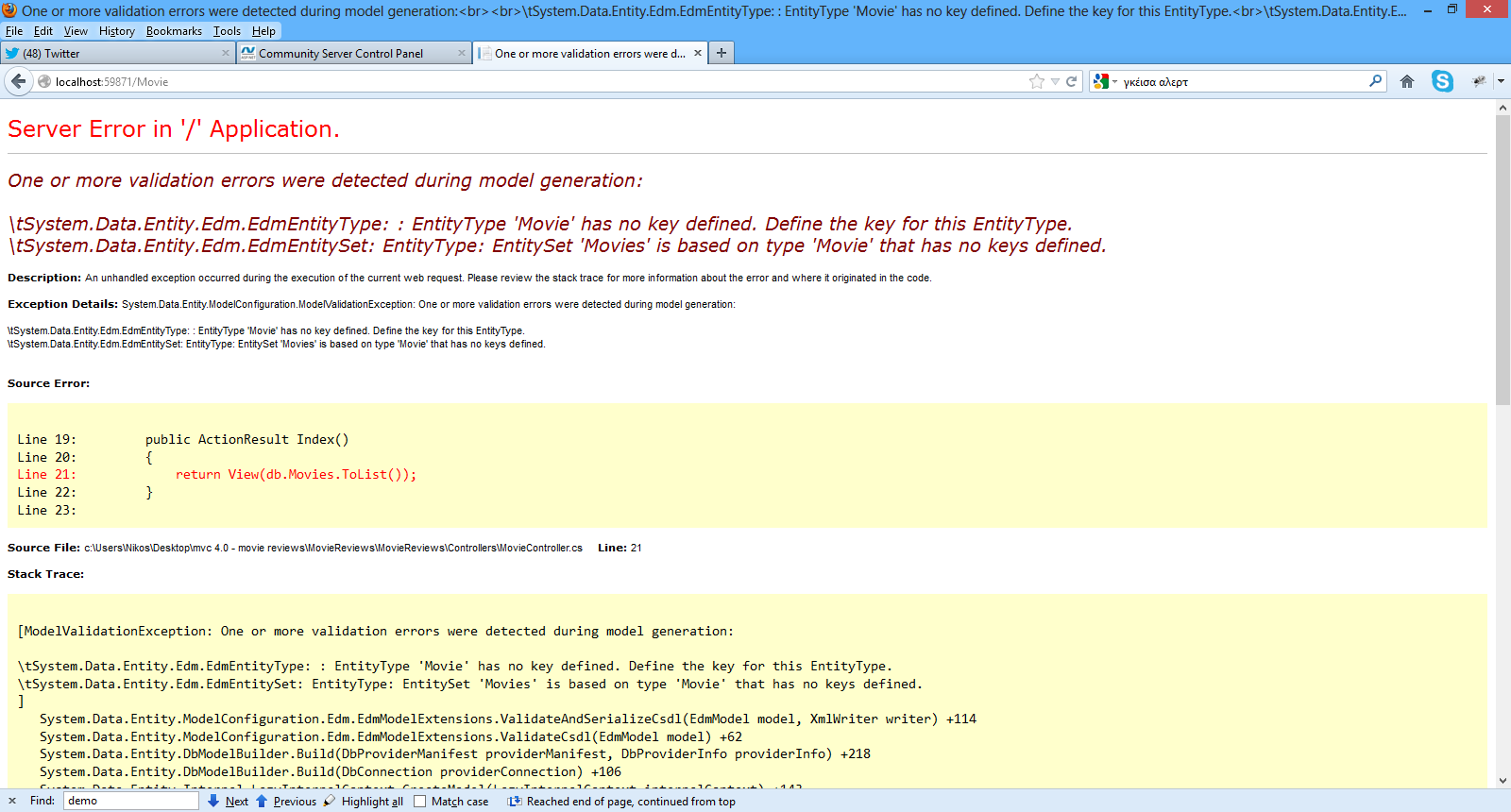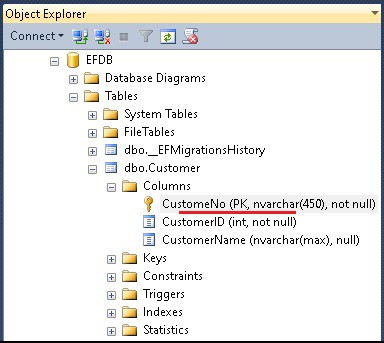

#Ef data annotations manual
In Template select “ Empty MVC controller” and finally click on Add button some default code is generated after adding a controller class. Here in this controller code we made some manual configuration by adding Action Selector, with a New Action Method Index with Student model parameter as DataAnnotationValidation.Models. 309 In Entity Framework 6. Public string StudentName Īfter adding Properties and Data Annotations to this class now let’s add Controller Adding Controllerįor adding Controller Just Right click on Controller Folder inside that select Add and then select Controller like as shown belowĪfter clicking on Controller new dialog will popup with name Add Controller in that mention name as " StudentController" and select template as " Empty MVC Controller" like as shown below Namespace DataAnnotationValidation.Models To perform this validation now let's start with creating a Model with Name Student. For adding Model just Right Click on Model àThen Select Add à inside that select Class.Īfter Clicking on class Add New item dialog will popup with class select and asking for class name here we are going to enter class name as “ Student”Īfter entering class name click on Add button. A Student class is added to our project with some default code that will be like as shown below Creating Model and Applying Validation Attribute to it To set the composite primary key, use fluent API. EF Core 2.1 Entity type Customer has the composite primary key defined with data annotations. Composite primary keys can only be set using HasKey in OnModelCreating. The DatabaseGenerated attribute takes one out of the following three DatabaseGeneratedOption enum values: DatabaseGeneratedOption.None DatabaseGeneratedOption.Identity DatabaseGeneratedOption. EF Core 3.1 The entity type Customer has multiple properties with the Key attribute. It is used to configure the classes which will highlight the most commonly needed configurations. EF 6 and EF Core provide the DatabaseGenerated data annotation attribute to configure how the value of a property will be generated. NET Framework, data annotation add extra meaning to the data by adding attribute tags. in that select Basic template and click ok.Īfter creating application our project structure like as shown belowĪfter creating application now lets work with Create Model. Fluent API or Data Annotations DbContext name Directories and namespaces How it works Limitations Customizing the model Updating the model Reverse engineering is the process of scaffolding entity type classes and a DbContext class based on a database schema. EF Core Data Annotations Discover Attribute to Map Entity To Model code-first data-annotation fluent-mapping In. time by allowing you to mirror print and cut data directly in the RIP. You can also inject custom readiness information into the condition data for a Pod, if that is useful to your application. From Templates select Visual C# àinside that select Web and then project type select ASP.NET MVC 4 Web Application and here we are giving name as “ DataAnnotationValidation” then finally click on ok buttonĪfter naming it just click on OK. After that a new dialog will popup for selecting template. Custom Annotations This allows users to customise the information they include in. Let’s First create a Basic asp.net Mvc 4 application with name DataAnnotationValidation for that Open visual studio studio àGo to File àSelect New àSelect Project like as shown belowĪfter that you will see new dialog will pop up for selecting your Template and Project type.

NET property type can be mapped to several PostgreSQL data types a good example is a string, which will be mapped to text by default, but can also be mapped to jsonb.Now let’s start with creating application Creating Asp.Net MVC Application Data Annotations - Key Attribute in EF 6 & EF Core The Key attribute can be applied to a property in an entity class to make it a key property and the corresponding column to a PrimaryKey column in the database. Consequently, users may experience instabilities and limited functionality. PostgreSQL composite types, while supported at the ADO.NET level, aren't yet supported in the EF Core provider. Please note that this website will be undergoing technical maintenance between 28 and 31 August. Special types such as arrays and enums have their own documentation pages with more details. Simply define your properties just as if they were a simple type, such as a string: public class MyEntity

This means that you can use PostgreSQL-specific types, such as inet or circle, directly in your entities. The EF Core provider transparently maps the types supported by Npgsql at the ADO.NET level - see the Npgsql ADO type mapping page.


 0 kommentar(er)
0 kommentar(er)
